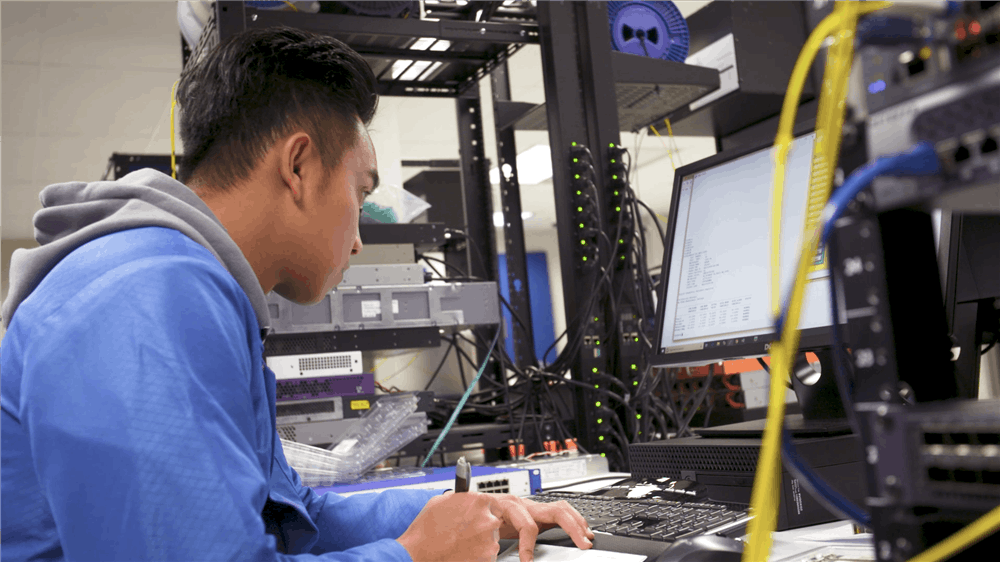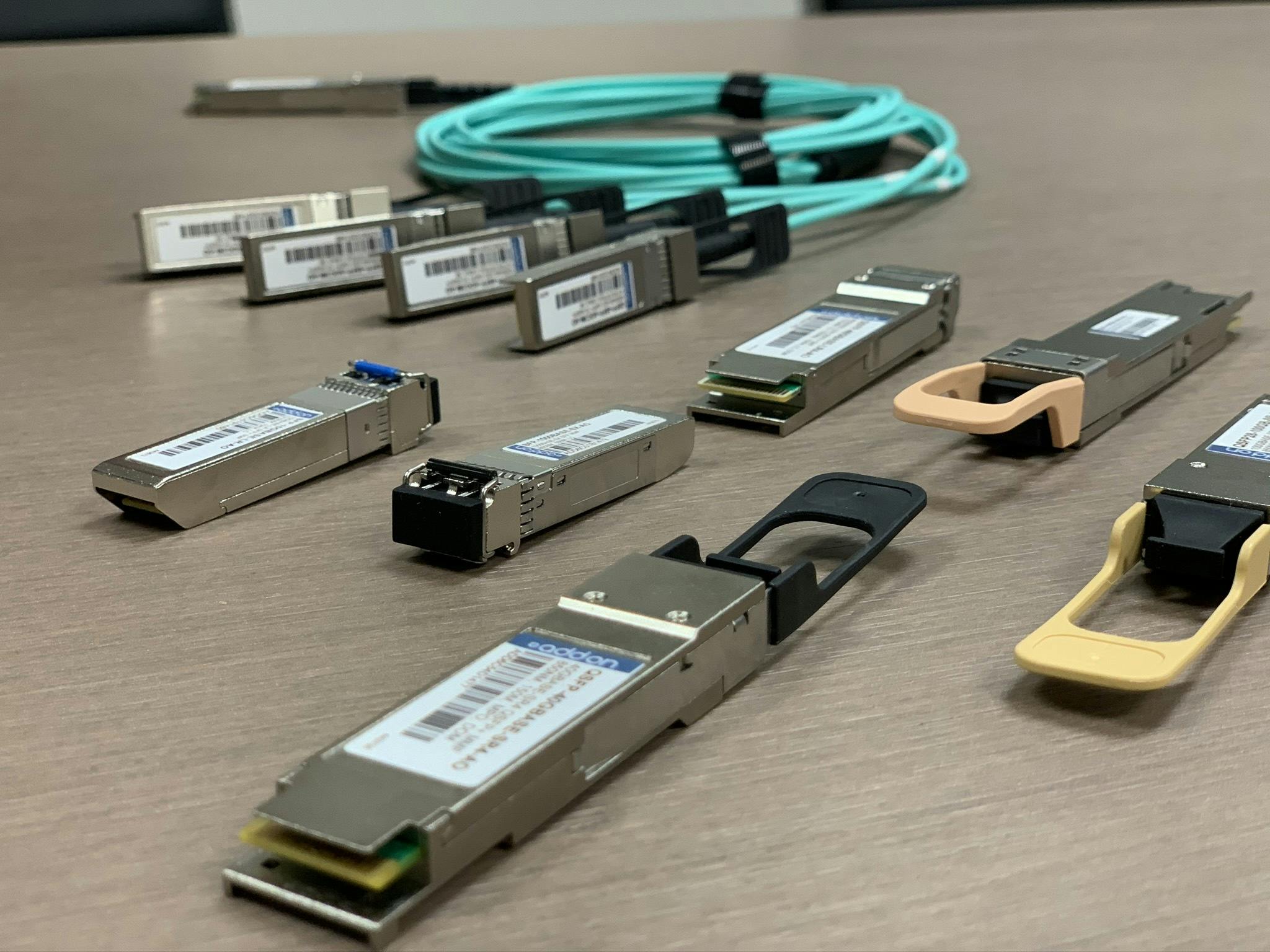The digitalization of healthcare has enabled providers to serve a rapidly growing number of simultaneous patients without compromising quality of care.
From COVID-19 driven telehealth initiatives to digital recordkeeping, fiber connectivity solutions armed doctors with the data needed to quickly assess and deliver favorable treatment outcomes anywhere. But, what happens when the network serving patient electronic health records (EHRs) goes offline?
Ramifications of EHR network outage
1. Degraded quality of care for current patients
Having access to a patient’s medical history is crucial to accurately diagnose and treat a patient. Without access to a patient’s EHR, a healthcare provider must make broad determinations about a patient’s presented condition with a limited amount of data available.
A lack of data leads to degraded quality of care by opening the door for misdiagnosis/malpractice liability or even risk of patient life in the worst scenarios.

2. Compounding medical record inaccuracies
Not only is the current visit degraded, but without access to update an EHR, future visits are also impacted. Any subsequent visits in turn also suffer from decreased historical information about their condition at the expense of the patient.
Treatment outcomes are most favorable when underlying causes are addressed as early as possible, however, a lack of historical symptom data makes diagnosing cause difficult at best, inaccurate at worst.

3. Increased potential for digital security breaches
Outages often also impact security measures set in place to safeguard data, such as firewalls and privacy guidelines. While these systems are down or rebooting, they are sometimes open to exploitation.
The malicious code these ill-intentioned users could upload can demand payment to release your data (ransomware), contain a trojan horse/backdoor (providing further unwanted access), or even simply wipe all data stored (a catastrophe in itself for healthcare records).

Since malware of any kind can cripple a network already hurting from an outage, protecting your patients’ EHR data is a key reason for maintaining an always-on network.
Are EHR networks safe to rely on?
Even with its potential faults, a digital EHR network is an effective tool in scaling quality medical services to the masses.
It’s also important to realize that even paper records had their own faults. Physical records could be lost, damaged, or even stolen – creating similar patient care concerns to digital record outages.
How can hospitals create reliable EHR networks with 24/7 uptime?
The answer is simple--build a quality, reliable fiber network for EHR services!
EHR networks rely upon high-quality fiber transceivers and patch cables to create a seamless bridge from endpoint devices to on- and off-site server farms. Expertly coded & tested fiber solutions ensure that your network remains online without the need for frequent maintenance, replacement of faulty/failing hardware, or fearing exploitable code.

Backup networks and data storage can also be a powerful asset to healthcare providers in maintaining an always-on network. Should the primary network fail to retrieve a record from mass storage data centers, a local backup connected by an independent network can keep doctors focused on delivering quality patient healthcare services.
Can AddOn fiber transceivers & patch cables build an always-on EHR network?
Most certainly! Fiber transceivers, patch cables, & accessories from AddOn are engineered to last with our quality first focus. Between our world-class test lab, 99.98% reliability rate, unparalleled compatible code library, and U.S.-based logistics, our transceivers are built for around-the-clock network uptime delivered fast.
Our 10G, 25G, and 100G fiber transceivers come in cost-effective SFP+ & QSFP+ form factors to fit any leg of your network from local access to interfacility data center transport.
Our DACs, AOCs, and multimode patch cables keep your high performance optics communicating quickly and securely, whether they're attaching an endpoint to the network or interconnecting data centers storing EHR records.

Upgrading creates performance overhead that improves the longevity of your fiber transceivers, so an upgrade in bandwidth is a step towards a reliable network.
Whether building your first EHR, a backup network, or anything in between, we have the fiber network solution you need to maintain total EHR network uptime.
